Month: September 2019
Stipulated Sum Agreements Make Us the Right Builder for You
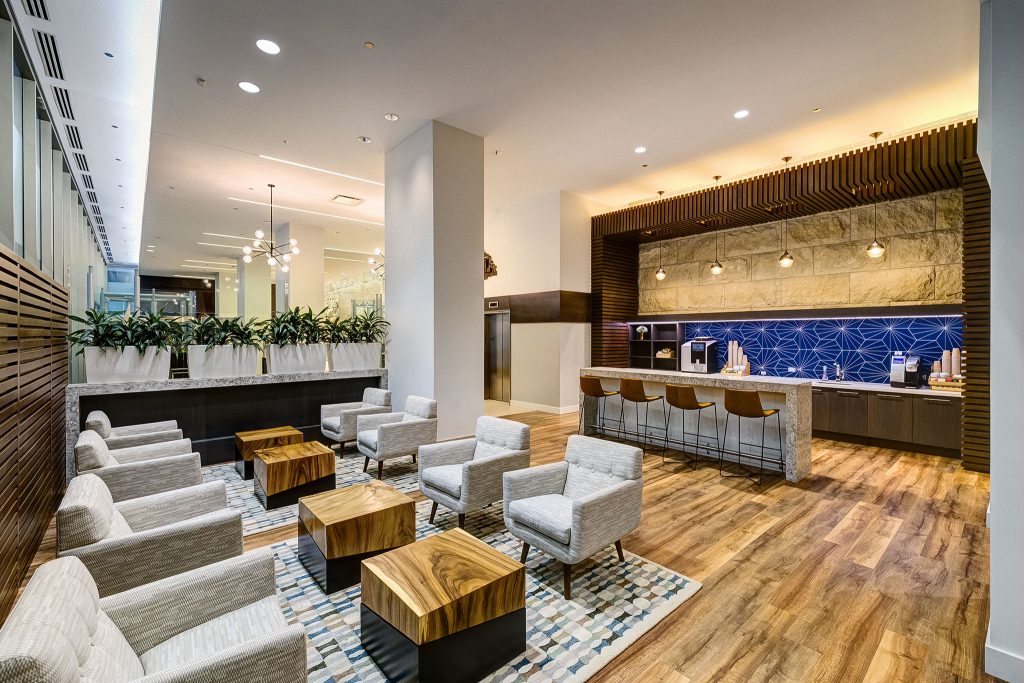
Our goal as a design-build firm is to create value for our clients through outstanding service-delivery and building trusted relationships. One of the many ways we achieve our goal is how we structure our contracts. Our clients want to know what they’re paying for, and we are able to clearly spell that out by providing stipulated sum agreements.
What is a Stipulated Sum?
Also referred to as a lump sum contract, a stipulated sum requires a builder to agree to provide specified services for a fixed price based on labor and material costs. The builder is responsible for executing the job properly and will provide its own means and methods to complete the project. Specifically, we use stipulated sum agreements with our multifamily and commercial projects, and they allow us to better define the scope and schedule of projects.
“The Mosaic Construction way is to be a client-first company in which we anticipate needs and focus on relationship-building,” said Singer. “We’ve always led with this approach, and our clients understand the value of that.” – Ira Singer
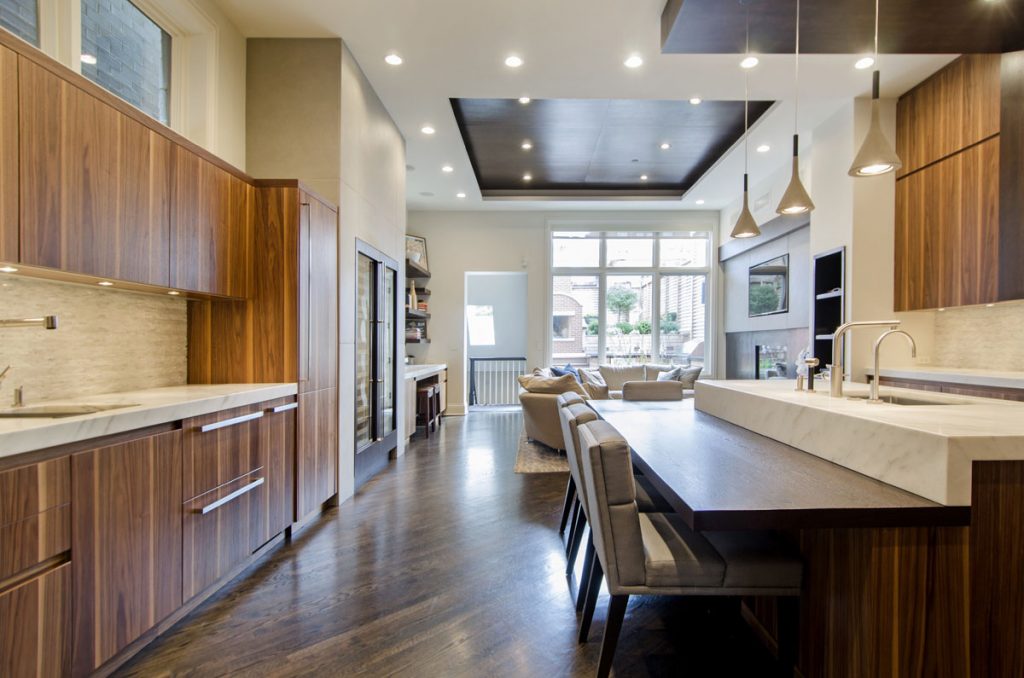
Why We Use Stipulated Sums
Mosaic Construction uses stipulated sums so that our clients know what they’re getting, and we know exactly what we need to deliver. Our contracts are predictable and easy to manage and benefit our clients in the following ways:
No Hidden Fees
One of Mosaic Construction’s key differentiators is that we never stick our clients with hidden fees, compared to cost-plus-fixed-fee and other contracts. “Our fees are transparent compared to other contractors,” said Ira Singer, Principal of Mosaic Construction on the This is the Real Estate Investing for Cash Flow podcast. “We have no incentive to say, ‘Okay, it’s going to be this much money for cost.’ Stipulated sums are integral in forging trusted relationships with our clients.”
Predictability
Our clients value the predictability of stipulated sum agreements, especially since they reduce risk and give them more confidence. With an agreed upon sum in place, our clients are not liable for any cost overruns. “We formulate construction based on our time and our investment to manage that project and steward it,” added Singer. “Whatever the cost of the project, our timeframe for completion and our fees will remain the same. In this respect, both parties are incentivized to stay on schedule and finish the job on time.”
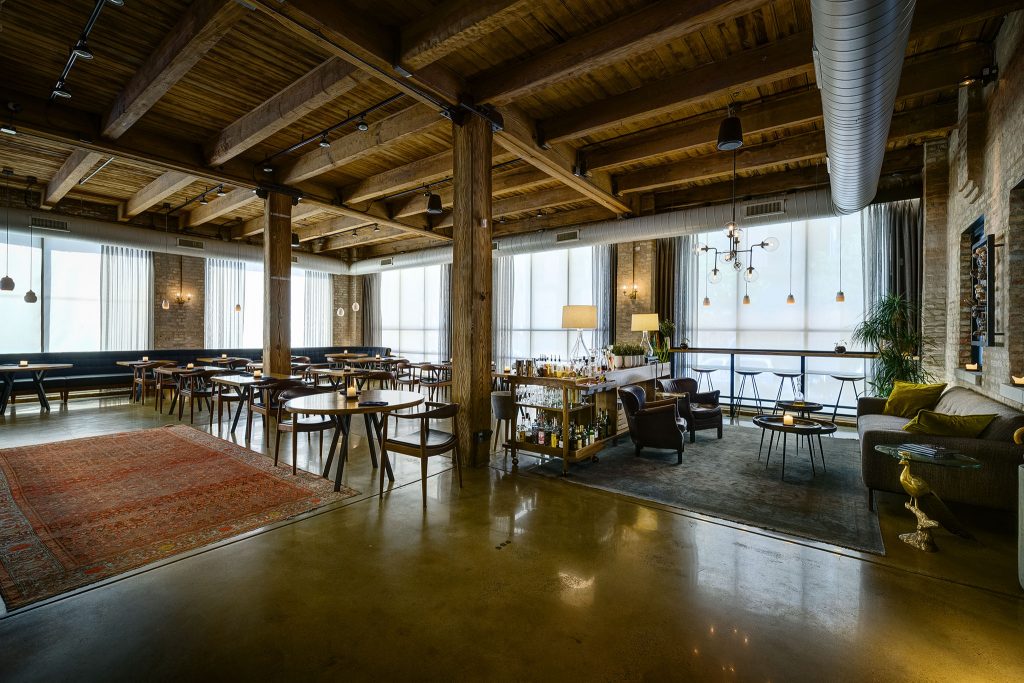
Better Collaboration
We find that stipulated sum arrangements foster a greater degree of collaboration between Mosaic Construction and our clients. We are able to execute tight project management and more efficient communication to ensure that both parties are adhering to the scope of work. “The Mosaic Construction way is to be a client-first company in which we anticipate needs and focus on relationship-building,” said Singer. “We’ve always led with this approach, and our clients understand the value of that.”
The design-build methodology supports our goal because it allows us to streamline the construction process, which ultimately benefits our clients and our management team. “We view our projects as investments in our clients’ growth and development,” added Singer. “We never think in terms of being one and done; rather, we create an atmosphere where our clients can focus on business development, while we do the best work possible for them.”
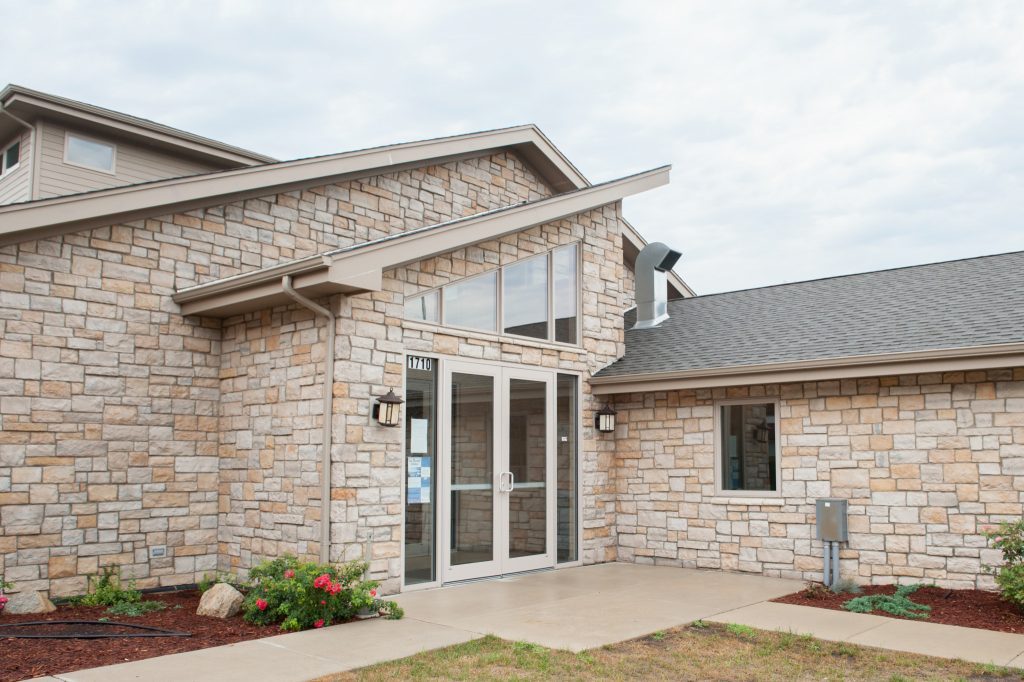
2019 Multifamily Outlook
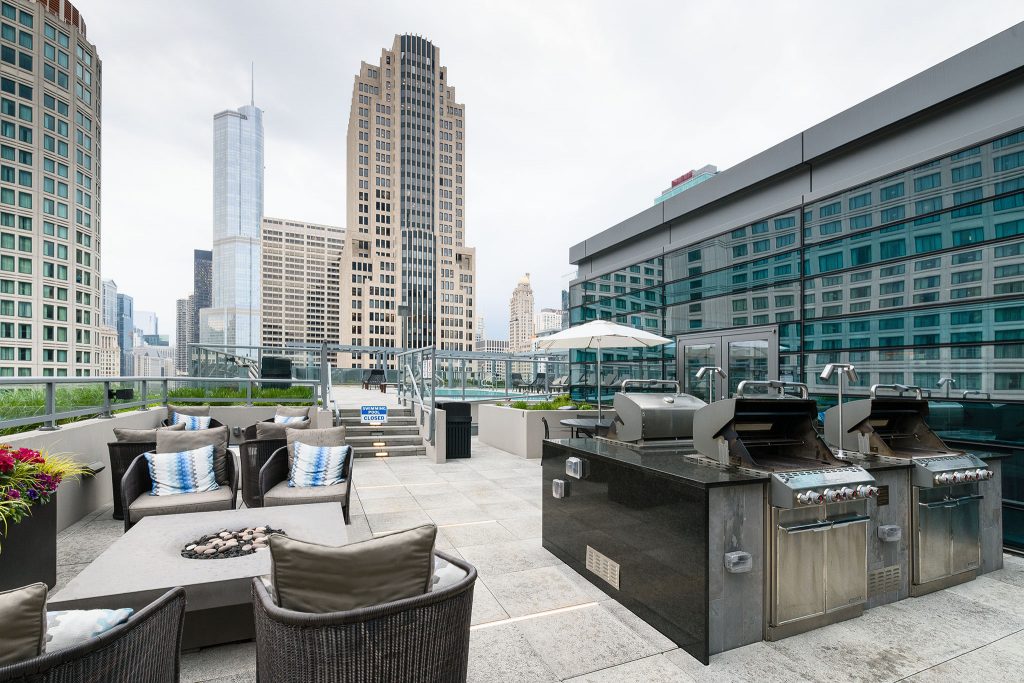
As we previously reported, 2018 was a banner year for multifamily housing, with a 44% increase in sales accounting for more than 30% of the total U.S. real estate investment sales. What is the health of the 2019 multifamily housing market through the first two quarters, and where will it go from here? Freddie Mac has answered these questions and more in its Multifamily 2019 Midyear Outlook. Overall, the outlook is positive, showing signs of sustainability and growth for the remainder of the year and beyond.
According to Freddie Mac, “In our research, we find that strong economic growth and the robust labor market continue to support the strength in the multifamily market. Last year ended much stronger than anticipated with near record absorptions and stronger rent growth compared with the prior few years. The first two quarters of 2019 saw mixed results, with slower growth in the first quarter, but preliminary second quarter information indicating the spring leasing season is off to a strong start. Along with the strong fundamentals, lower interest rates continue to drive origination volume higher throughout 2019.”
Low Unemployment is Having a Favorable Impact
It is anticipated that the labor market–with low unemployment and wage growth–will continue to drive housing demand, benefiting multi-family properties. As the report states, “Pending any broader economic event that would impact the labor market, there is no real estate specific headwind on the horizon that could disrupt the favorable outlook for multifamily through the rest of this year and into the next.”

Loans Increase While Absorptions Dip
Multifamily originations–or fees associated with processing a loan–are continuing their upward trend from 2018 through the first two quarters of 2019. Originations have increased by 8% to $336 billion. “The 10-year Treasury reached 1.75%, a decline of 150 bps (basis points) from last November,” the report says. “Rate declines generally drive origination volume higher, and with a drop of this magnitude to very low levels, forecasts must be decisively higher than earlier in the year.”
Absorption rates, by contrast, saw strong gains in 2018 only to stall thus far in 2019. “The first quarter of 2019 saw absorptions wane and high levels of new supply entered the market, but strong gains in the second quarter suggests the trends for multifamily are not yet turning.”
“In our research, we find that strong economic growth and the robust labor market continue to support the strength in the multifamily market.”
– Freddie Mac
Higher Demand and Lower Supply
Multifamily demand is outpacing new supply, as there is a shortage of housing compared to households. Total housing completions over the past three years have averaged 1.1 million housing units each year, while the number of households have increased on average 1.4 million. Per the report, “The continued increase in multifamily construction when the overall housing market continues to remain unbalanced is not necessarily an oversupply concern as the economy struggles to build enough housing.”
Steady Growth Ahead
The multifamily market is bright. Freddie Mac projects overall growth for the remainder of 2019 and into 2020 with high-demand spurring on new construction. “As this supply enters the market, we expect vacancy rates to increase throughout the year, but only marginally, up to 5.2%. We anticipate that rent growth will remain healthy at around 4% in 2019.”
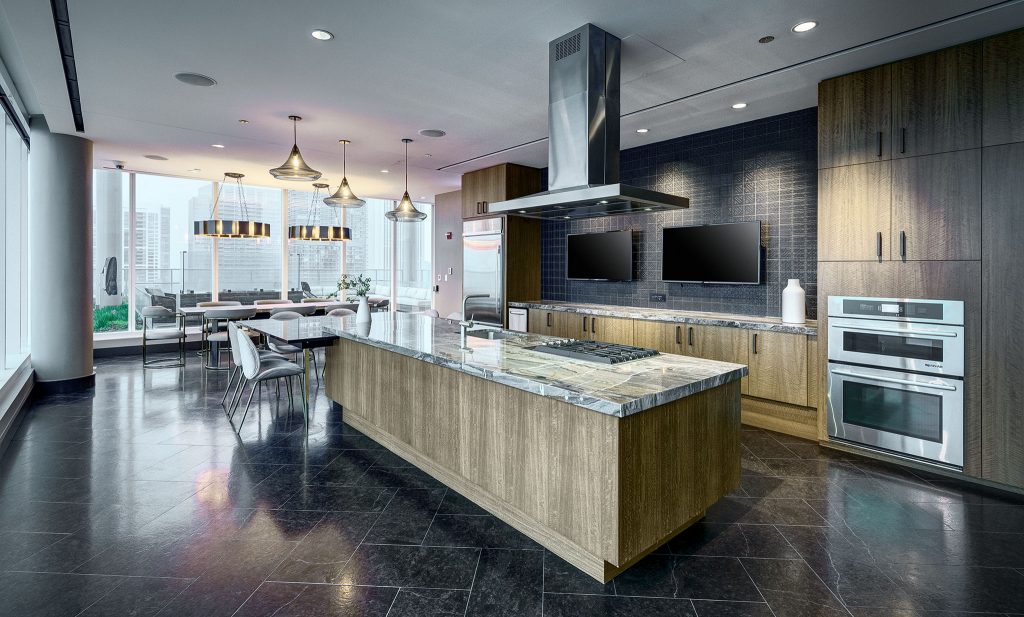
Apartment Building Investing – Michael Blank Podcast with Ira Singer
MB 170: MAXIMIZING ROI IN VALUE-ADD MULTIFAMILY DEALS – WITH IRA SINGER
Announcer: This is the Apartment Building Investing Podcast, with Michael Blank, episode 170. Let’s do this.
Announcer: You’re listening to the Apartment Building Investing Podcast, where we’ll talk about all aspects of buying apartment buildings with a special focus on raising money from others.
Announcer: And now, your host, Michael Blank.
Michael Blank: Hey everyone, and welcome to the show. I am your host, Michael Blank. I’m super excited that you’re here to learn more about apartment building investing. The best way to become financially free with real estate.
Michael Blank: Excited about today’s show. We’re going to talk about construction today, and the different ways that we can build value.
Michael Blank: So actually I have two guests. A construction expert, and someone who’s very, very intimately familiar with ROI based on amenities, and other improvements. So we’re going to really drill in on how to manage a construction company, and different ways you can add value to a value-add deal.
Michael Blank: I also want you to know, I’m being really, really active, or trying to be, on social media. Actually on the Facebook page, and Instagram, the handle is themichaelblank, that’s T-H-E- Michael B-L-A-N-K. So hang out with me there. Say hello.
Michael Blank: I also have a new Facebook group called Apartment Investor Networks. I’ve got several thousand people on there, and so myself, and our mentors, and our advisors, are active there. It’s a great place for you to ask questions. So make sure you check us out.
Michael Blank: Hey, in a couple of weeks, we’re going to be at Deal Maker Live. That’s July 26, 27, in Dallas. We still have a few tickets left. We’re expecting well over 500 people there, and we just added a few more tickets to that. So head over to dealmakerliveevent.com, or just google Deal Maker Live, and try to grab your tickets before they’re all gone. So we’re going to have a huge lineup of multifamily experts there, including Robert Helms, real estate guys Joe Fairless, Michael Becker, Adam Adams, Corey Peterson, and our keynote is Hal Elrod, the author of The Miracle Morning. Super excited to get to know him a little bit more, as well.
Michael Blank: All right. So with that, let’s get right into the show here, to learn about construction and ROI.
Michael Blank: Ira, welcome to the show today.
Ira Singer: Thank you. How are you?
Michael Blank: Very good. Very good. So we’re going to get all into construction, and ROI to get out of that construction. So I’m really excited to get into it.
Michael Blank: Before we get started, just give us a quick background on you and your company.
Ira Singer: Thank you. My name is Ira Singer. I am one of the principals at Mosaic Construction. We are a general contractors in Northbrook, Illinois, with a construction management practice that prefers the design build methodology, where we are at the table, helping with selection of finishes, scope of work, pre-budgeting.
Ira Singer: But we are experienced and adept at working in the multifamily industry, both in asset classes from market rate, to affordable, into senior housing. We’ve worked in student housing. We’ve done, in our geographic, and adjacent to our state, we’ve had value-add. We’ve had repairs, exterior work. There’s a lot of things that we have experience in, from both an exterior, and an interior point of view. We’ve worked in units. We’ve made accessibility choices with our clients. So it runs the gamut.
Ira Singer: I’m looking forward to our discussion, and what I can help your listeners with. So let’s get going.
Continue reading “Apartment Building Investing – Michael Blank Podcast with Ira Singer”

